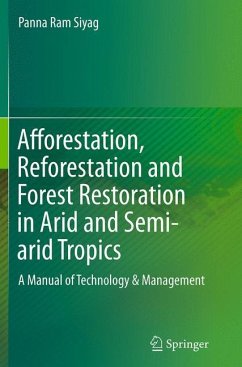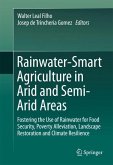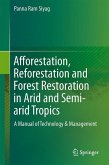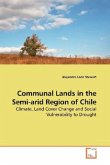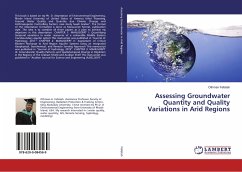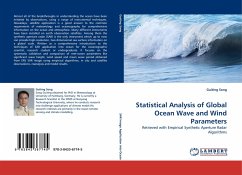Swift transformations occurring at earth-atmosphere interface has made it imperative to characterise land surface parameters to assess the long-term changes in vegetation amount. Rapid urbanisation, deforestation and subsequent land degradation has impacted the exchange of radiant energy between earth surface and the atmosphere ultimately resulting in substantial changes in the land surface parameters at local, regional and global level. Arid and semi-arid ecosystems play significant role in determining the intricacies of earth-atmosphere interactions and ultimately affecting the global climatic mechanisms. Long term studies to characterise the vegetation condition and environmental changes taking place at the boundary of earth s surface and the atmosphere in these environments is hence gaining importance world over. Land Surface Characterisation in arid and semi arid regions of Rajasthan is an attempt to derive land surface parameters using satellite remote sensing data and develop an operational methodology for continuous monitoring of vegetation degradation in arid and semi-arid regions of Rajasthan.
Bitte wählen Sie Ihr Anliegen aus.
Rechnungen
Retourenschein anfordern
Bestellstatus
Storno


